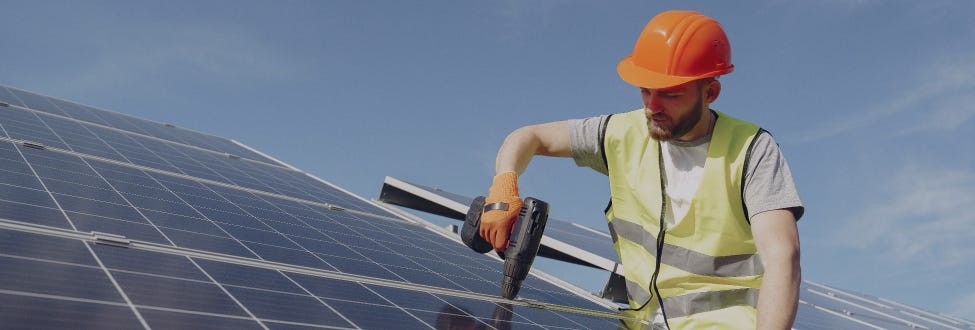Solar panels have been consistently increasing in efficiency at about 5 annually since 2010.
Cfl affecting solar panel efficiency.
The average efficiency of solar panels falls between the 17 to 19 percent efficiency range.
A square meter panel array composed of about 60 90 solar cells will generate 5 300 0 07 between 370 375 watt hours for an entire sunny day which is about 12 hours average.
The efficiency of the solar cells used in a photovoltaic system in combination with latitude and climate determines the annual energy output of the system for example a solar panel with 20 efficiency and an area of 1 m 2 will produce 200.
Factors that affect solar panel efficiency.
Solar cell efficiency refers to the portion of energy in the form of sunlight that can be converted via photovoltaics into electricity by the solar cell.
So if a solar panel has an efficiency rating of 15 that means 15 of the sunlight that hits the solar panels will be converted into electricity.
The highest efficiency solar panels on the market today can reach almost 23 percent efficiency.
For photovoltaic panels the efficiency of converting solar energy to electricity is around 7.
Even the best solar panels can have their efficiencies significantly impeded by environmental factors though with proper design most if not all of these factors can be mitigated.
The key to solar panel efficiency.
These effects are cell temperature mppt maximum power point.
This large jump in efficiency resulted in the power output of a standard size.
Reduces the solar panels efficiency to produce power.
This paper presents the most important factors that affecting efficiency of solar cells.
The primary goal for most homeowners who go solar is to save money on their utility bills.

